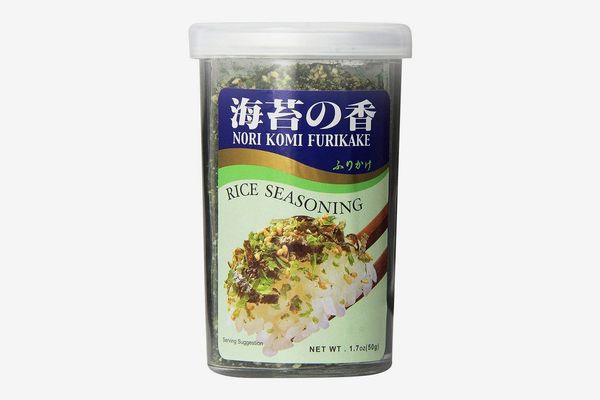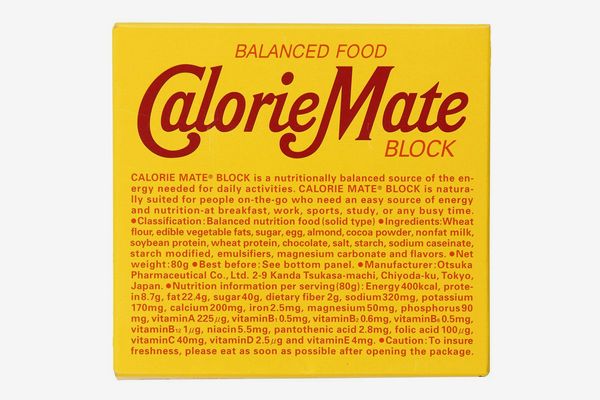
I never expected to become an evangelist for Spam, the processed pink meat found only in the unnatural shape of its square can, packaged with a clear goo that has put off many a prospective convert. I understand the skepticism. No food as culturally embedded as Spam — you know what it is, even if you haven’t had it — has such a negative reputation. Nobody just decides they’re going to experiment with Spam, either, in the way one might pick up a grass-fed pork chop at the supermarket. They must be brought in from the cold by a thoughtful friend, who knows exactly what they’re thinking as they watch the pale brick slide out of the can, hitting the cutting board with a dull thunk.
Within my social circle, I am that thoughtful friend. And while there are many things you can do with Spam — it’s just ham, with the salt and fat turned up to 11, and the pliability of extra firm tofu — my preferred way of preparing it is in musubi. Musubi, which originated among Japanese-Americans living in Hawaii after World War II, is a simple food: a slice of grilled spam sandwiched between two layers of rice, wrapped in a sheet of seaweed, with additives like furikake seasoning or egg thrown in between, depending on your preference. (I add pineapple, which is as controversial here as on pizza, but undeniably delicious.) Unlike onigiri, another Japanese food involving rice, seaweed, and meat, musubi are constructed in the rectangular shape of the spam slice. You can wash out the Spam can, and use it as a makeshift cast for assembling your layers — or, if you’re not messing around, you can keep an affordable, premade plastic mold in your kitchen.
A few years ago, I realized I was making enough musubi (about once every two months) to justify forgoing the can for good; I typed “musubi mold” into Amazon and went with the cheapest option. (The beautiful thing is that they’re all pretty cheap — it’s just a plastic square with a press, you couldn’t make it too fancy.) With the mold, I can produce fresh musubi with the precision of an automated factory line, and the devout intent of a religious ritual. I place the mold against a seaweed sheet resting on a cutting board, scoop a ball of rice into the base, and push down with the packaged press to make it uniform. I add the spam, the furikake seasonings, and the pineapple before topping it off with some more rice and pressing down even harder to retain a tight shape after I lift up the mold and wrap the seaweed around the whole. The repeatability and simplicity of the process is soothing, as is the attention of the friend I’ve invited over, who’s then blown away by how incredible it tastes.
The mold allows me to avoid the sharp edges and metallic taste of the Spam can. It also gives a special feel to the meal I’ve decided to make, for while I’m sure you can use it for other purposes — maybe you’d like to make a rectangular cookie, though I’m not sure why you would — there’s really just one use for this tool. When I have company, and I take out the mold, they know they’re about to eat something unfamiliar, prepared by someone who wants to introduce them to this bold, new culinary world. What better gift could you give to someone you love?
More Strat-approved Japanese kitchen products
The furikake seasoning that Jeremy adds to his musubi is also a favorite condiment of Mia Leimkuhler’s. Of the mix of dried seaweed, salt, and sugar, she wrote: “Growing up, there was always a jar or two of ‘sprinkles’ in the middle of our lazy Susan, ready to be deployed on everything: rice, steamed veggies, fish, anything my mom wanted us to eat. And I loved the sprinkles — they were salty and sweet, a little crunchy, and added a delicious flavor that I couldn’t then name (but can now: umami).”
Writer Molly Young is a fan of the Japanese nutrition bars Calorie Mate, which she calls a better-than-Soylent meal replacement. “Wouldn’t it be fun to open your pantry and see nothing but rows and rows of these squat, glossy boxes, each containing a preportioned, foil-wrapped nutritive ingot?” she wrote. “It tastes like a fortified cookie because, well, that’s pretty much what it is. The ingredients are mainly wheat flour, margarine, sugar, and a thousand vitamins, plus whatever mild flavor note has been added to your choice.”
And for cleaning up: Writer Foster Kamer calls this Japanese scrub brush, which looks like sea urchin, the “greatest kitchen-cleaning appliance you’ll ever own.”
The Strategist is designed to surface the most useful, expert recommendations for things to buy across the vast e-commerce landscape. Some of our latest conquests include the best acne treatments, rolling luggage, pillows for side sleepers, natural anxiety remedies, and bath towels. We update links when possible, but note that deals can expire and all prices are subject to change.
Every editorial product is independently selected. If you buy something through our links, New York may earn an affiliate commission.









